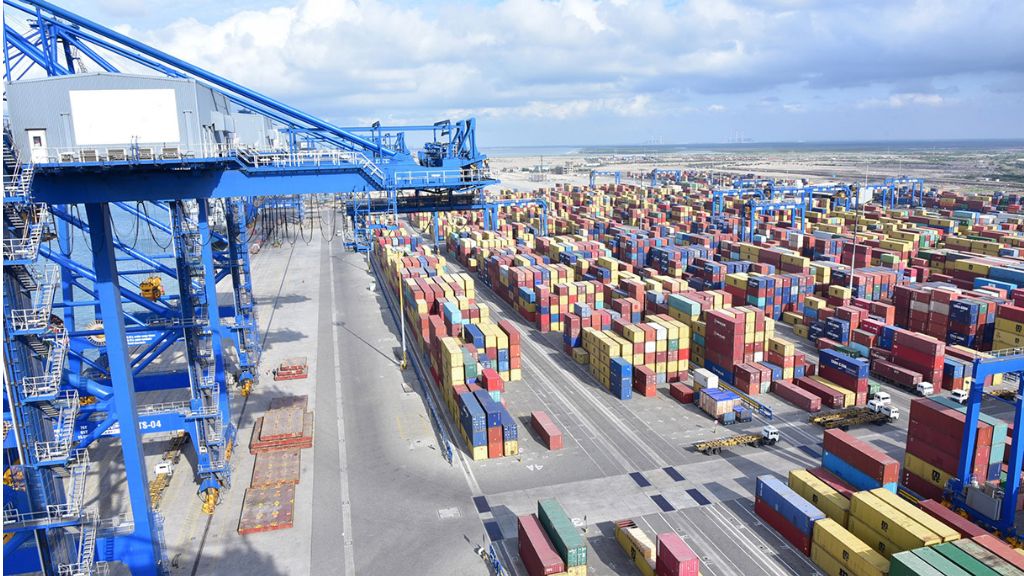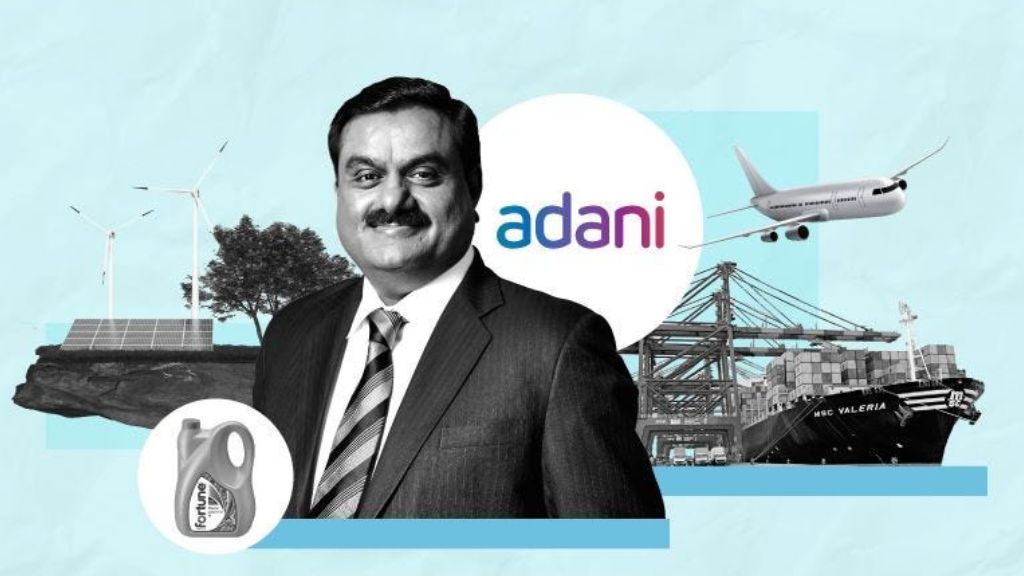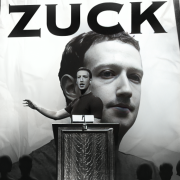| বাংলায় পড়ুন | Researchers and Reporters: Tanjil Fuad Isfaqul Kabir |
Right now, Gautam Adani ranks as the world’s twenty-first richest person. His net worth as of right now is $80 billion.
He has occasionally surpassed India’s richest man, Mukesh Ambani, to become Asia’s richest man. One-fourth of India’s goods are imported and exported through the 13 maritime ports covered by this Dhankub. Adani, meanwhile, is not descended from a wealthy family. How, then, did he accumulate such enormous riches in just one generation?
In Gujarat, an Indian state, the story opens in the city of Ahmedabad. Gautam Adani’s birthplace. Gautam Shantilal Adani, however, is Adani’s entire name. Ten siblings and sisters shared a home, and there were financial conflicts. The father of Adani once owned a sari store. In the city of Ahmedabad, Adani finished his education. Following that, he enrolled in Gujarat University. However, he relocated to Mumbai, the city of dreams, before the second year ended in an attempt to alter his destiny. 1978 marked Adani’s arrival in Mumbai. That was the only thing he could say.

A short profile of Gautam Adani, highlighting his journey and achievements. | Image: Collected.
However, Adani’s eyes were always drawn to greater things. It was his relative who then introduced Adani to diamond cutting. Adani has been in the workforce for three years running, so he is familiar with the diamond market. Adani began working as a diamond trader himself in 1981. Ten thousand taka was his first broker’s salary. This time, he is going to expand the company. It was then that Mansukh Adani, Adani’s older brother, called him. Help is what Mansukh needs for his plastics manufacturing. However, the basic materials required to produce polyethylene in India were not readily available at the time.
Adani took advantage of the situation, purchasing plastic raw materials from abroad and distributing them throughout India. But importing goods from outside was not so simple back then. Rajiv Gandhi’s relaxation of import and export regulations for traders resolved this issue. Adani commenced its trading activities.
In 1988, Gautam Adani established the Adani Group. via which he began trading commodities, such as importing gas and oil from the Middle East. All of the material was imported, however, at great tax expense to the Adani Group. Gujarat State Export Corporation was contacted by Adani in an attempt to find a solution. Because they imported their goods, the Adani group and this company were able to avoid paying any taxes at all.
This action transformed Adani’s life; once, they imported only 100 metric tons of goods; after a few days, that number had risen to 40 thousand metric tons. However, the Adani Group has just begun importing petroleum products in addition to raw ingredients for plastic manufacturing. Adani also founded a sizable trade company. That receives strong encouragement. Next, the liberalization policy was unveiled by the Indian government. Utilizing this Adani can collaborate with businesses from international markets.
Adani became involved in the infrastructure sector as a result. Good contacts with politicians are necessary if you wish to pursue this line of work. Adani made an effort to cultivate a positive relationship with both Keshu and Chamun Bhai Patel from that point forward. To ship salt overseas, the Adani Group then partnered with the Kargil Company. However, deepwater ports were required to export this massive quantity of salt. where large foreign ships can dock and retrieve cargo.
Luck has also aided Adani’s endeavors. Concurrently, the Indian government seeks to enhance foreign exchange earnings in the nation by privatizing a portion of the state-owned seaports. Adani Mundra purchased the seaport in light of this. Furthermore, he entered the import-export industry headlong. Adani is fond of Mundra Port, according to a close acquaintance, since it is the birthplace of his Indian business empire.

Gautam Adani’s Mundra Port, the largest private port in India. | Image: Collected.
However, Adani didn’t stop there. Close to the Mundra port, he established the Special Economic Zone (EPZ). where a large number of international businesses are founded. The company’s products were exported through the Mundra port. There was revenue for the Adani Group as well. 13 seaports in India are owned by Adani. Additionally, this port handles the entry of 40% of shipping containers and 30% of India’s cargo. And this demonstrates the extent of Adani’s power in the port-centric industry.
Adani has gradually expanded its company. There were multiple coal-based companies (Adani’s EPZ). Adani then considered establishing his thermal power plant. Concurrently, the Adani Group ventured into the power generation industry. 5000 MW of electricity generation was Adani’s aim. After that, in 2011, the Adani Group produced 4620 MW of electricity, which set India apart.
This thermal power plant owned by Adani required a large amount of coal. He therefore believed that he would mine coal himself. Adani immediately descended in pursuit of coal mines. Adani makes coal-mining investments in Australia, Indonesia, and South Africa. Adani Enterprises offers this coal to different nations and businesses worldwide after processing it. Adani Power, for instance, receives 15% of the coal produced by Adani Enterprises.
But Adani’s triumph did not come without controversy or criticism. Many claim that chronic capitalism is the cause of this achievement. According to this hypothesis, political personalities have a major impact on how successful businesses operate. The leader of India’s opposition claims that Adani’s success is a result of Indian Prime Minister Narendra Modi. However, Narendra Modi primarily turned to businesspeople for support to ensure Gujarat’s economic development.
Gautam Adani focused on the airport after the seaport. India plans to let the private sector 50 years to own certain of its airports in 2018. The Adani Group subsequently gained ownership over some airports, including those in Ahmedabad, Lucknow, and Jaipur. Adani Group rose to prominence as India’s biggest airport management firm in a matter of days.
The Hindenburg report’s release, however, dealt Adani the worst blow of his life. As stated, there is a negative impact on Adani’s shares. Before this, the Adani Group purchased stock in businesses that merely had a paper existence. the businesses under the Adani family’s ownership. Adani suddenly dropped from third place in the world’s richest people’s list to number 27 when the report was released.
Adani engaged a number of international businesses to invest in his business in order to cope with the shock. Thus, the Adani Group became less under the influence of his own family. This makes it easier for the average person and other investment firms to fund the Adani Group. That way, he could modify his company’s status once more.

Gautam Adani’s seaport and business operations. | Image: Collected.
Adani considers the company’s potential whenever he launches a new enterprise. Adani entered the trading sector because there was a lack of plastic imports needed to create polyethylene. He entered the port industry because he needed a seaport for trading. To boost the port’s revenue, EPZ was established. began producing power in order to supply EPZ with electricity. Adani also entered the coal extraction industry in order to supply power plants. Afterward, Adani entered the airport management industry.
In the same way that gold is heated to create jewelry, Gautam Adani had to go through numerous tribulations in his life. However, he reached a tremendous height and triumphantly passed every life test. Gautam Adani’s firm has consequently expanded globally today.





























Comments